Watchmakers court cultural connections
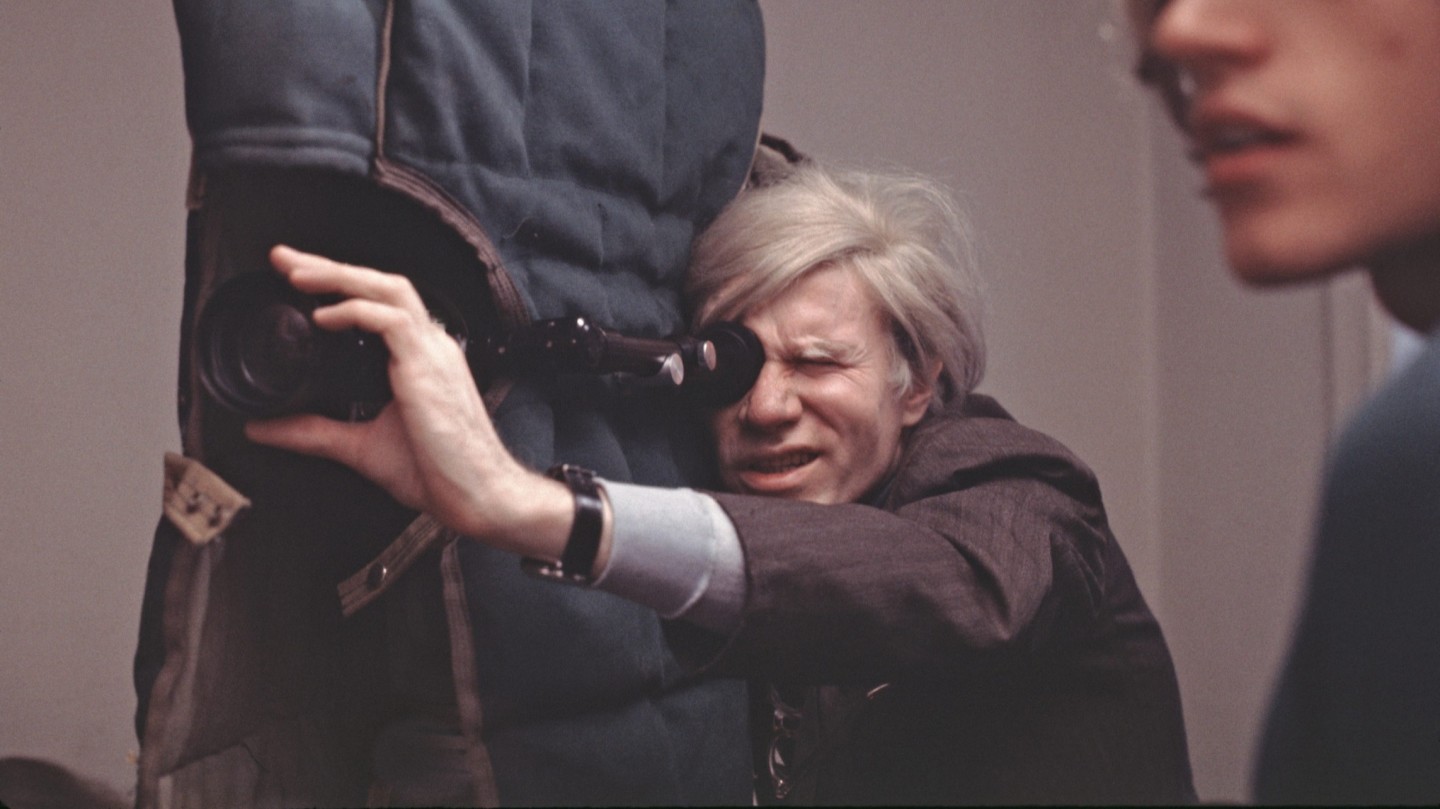
Roula Khalaf, Editor of the FT, selects her favourite stories in this weekly newsletter.
In the 1480s, when Leonardo da Vinci fell out of favour in Medici-governed Florence, he sought the patronage of Milan’s ruler, Ludovico Sforza. If he were alive now and found himself in a similar predicament, he might have done better to travel further north — to Switzerland, where watchmakers are emerging as prominent arts patrons.
The trend is evident in the sponsor lists of art fairs and cultural institutions, and in the latest horological inspirations. Audemars Piguet supports the Art Basel fair, which takes place in Basel, Miami and Hong Kong. Breguet backs Frieze in London, Seoul, New York and Los Angeles. And Vacheron Constantin is a partner of the Louvre. The latest timepieces released by Hublot, Zenith and Swatch all reference art while, this year, Piaget is reintroducing its so-called Warhol watch, a favourite of Andy Warhol.
Luxury brands have always pursued adjacency to art. It bestows a halo on otherwise simply functional and decorative pieces of apparel — however beautifully made — and pushes products in front of a more varied audience. It also has a subtle psychological effect on consumers, who put rational considerations about costs on hold. “What’s the gross margin of the Mona Lisa?” jokingly asks Luca Solca, senior analyst at research firm Bernstein. Raising prices by more than inflation is thus more easily done, and accepted.
Through its partnership with the Louvre, Vacheron Constantin has secured the right to reproduce masterpieces such as the Winged Victory of Samothrace on some of its watch dials. Christian Selmoni, the brand’s style and heritage director, says clients’ response has been “exceptional”.
An additional perk for Vacheron Constantin’s clients is exclusive tours with the museum’s curators on days when the Louvre is closed.
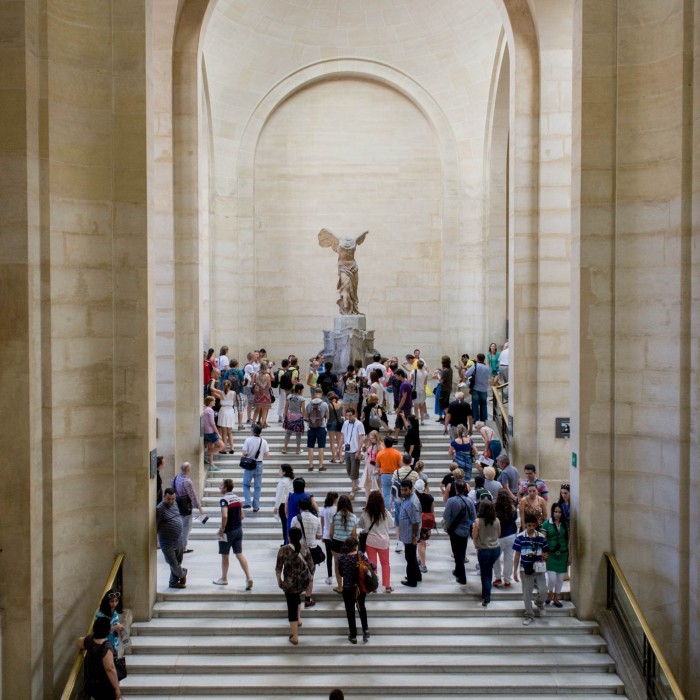
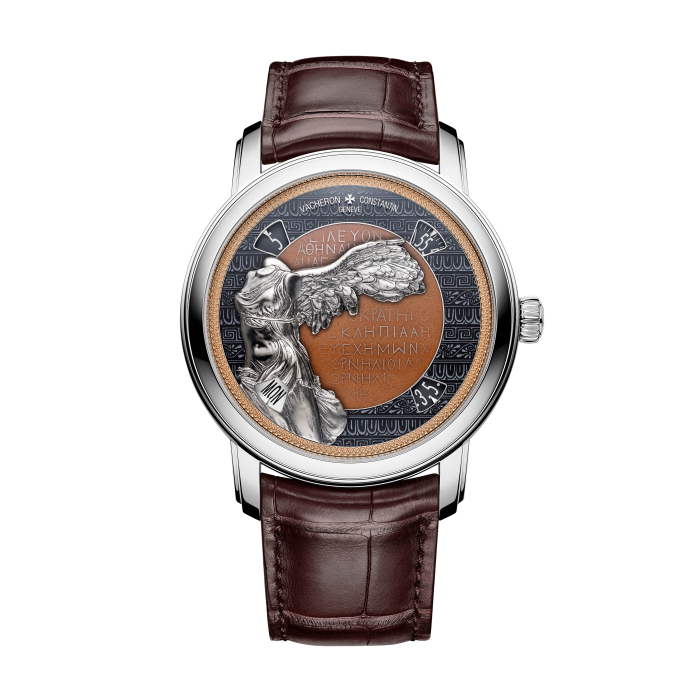
Breguet’s booth at Frieze has been instrumental in selling a few watches. “At each of the fairs we attended, whether in London, Seoul or the US, the result was the same: we were able to interact with visitors of all ages with a passion for the arts,” says chief executive Lionel a Marca, recalling how, in New York, a customer “fell in love with the Marine Hora Mundi”.
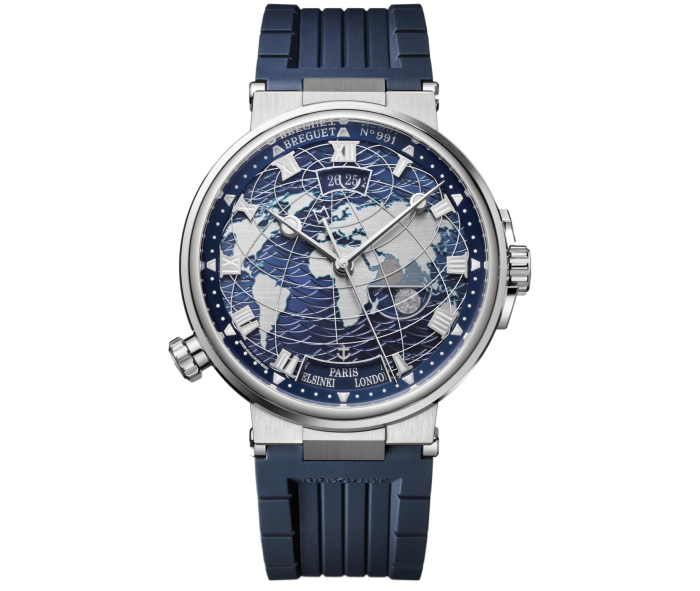
A Marca’s counterpart at Zenith, Julien Tornare, reports similar benefits from an artistic alliance — in Zenith’s case, a collaboration with Felipe Pantone, the Argentine-Spanish street artist who uses technology to create optical illusions with vibrant colours and whose most recent installation features in the Beyond The Streets show at London’s Saatchi gallery. “We have reached younger clients who are passionate about the art space, and this has allowed us to position ourselves among the brands that they now consider,” Tornare says.
Pantone wrapped Zenith’s headquarters in Le Locle in a bright mist of colours and reimagined some of the house’s Defy collection pieces. Last November, a unique Zenith Defy watch was auctioned at Christie’s for SFr480,000 ($519,000), double its high estimate.

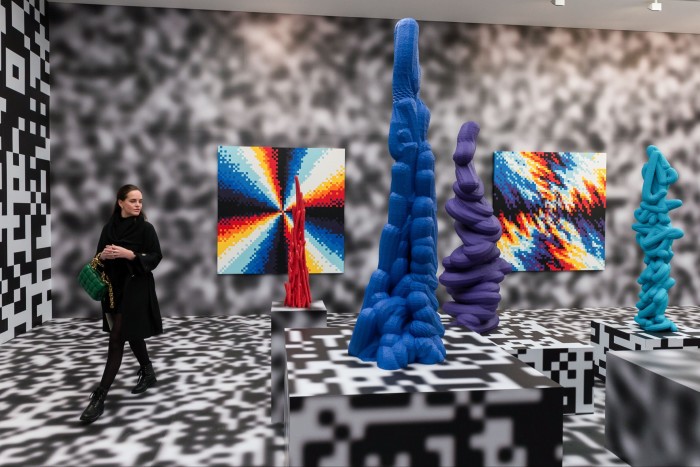
For his part, Pantone says the collaboration has benefited his work as an artist. “Lately, I’ve been introducing laser engraving on some small parts of my artworks, such as screws and various hardware,” he says. “I’m enjoying paying attention to the smallest details, and I’m sure this has something to do with having trained my eye in watchmaking.”
His remark highlights how, beyond the necessities of the watchmakers’ marketing, sponsorships can open up opportunities for artists.
Audemars Piguet Contemporary, the venture launched by the brand in 2012, promotes art through two programmes: Studio Audemars Piguet; and Audemars Piguet Art Commission. The first allows artists to experiment with new media; the second is the brand’s biennial competition, which selects an artist — yet to be internationally recognised — to produce large-scale work with an invited curator.
Aleksandra Domanović, who creates sculptures and digital artworks., says: “Audemars Piguet Contemporary enables new artistic commissions, like mine, and makes new work available to a wider public, which is a good thing for artists and the public.”
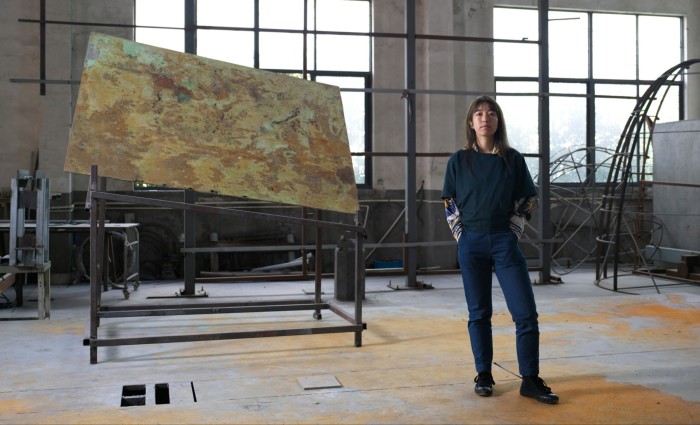
Shanghai-based artist Yu Ji says the programme allowed her “Stone, Barnacles, and Seeds” — an immersive piece involving a performance — come to life in Shanghai. In June, her work will be showcased in a solo exhibition at the Orange County Museum of Art in California.
Watchmaking’s association with arts is also shifting perceptions of the industry itself.
Watches and Culture, the newest division of the Fondation de la Haute Horlogerie, aims to promote horology as an art form. Last year, it organised Time Design, a survey of watchmaking design through history that had both sculptural and virtual reality elements. This year, it is staging What Time Is It in collaboration with the photographer Karine Bauzin.
Such efforts reflect a wider trend of convergence between luxury goods and art. According to the consultancy Bain, whose most recent luxury report was published in November, the sector overall is “transcending . . . its original form, rooted in craftsmanship and functional excellence, towards broader meanings”.
So are watches now being conceived as works of art?
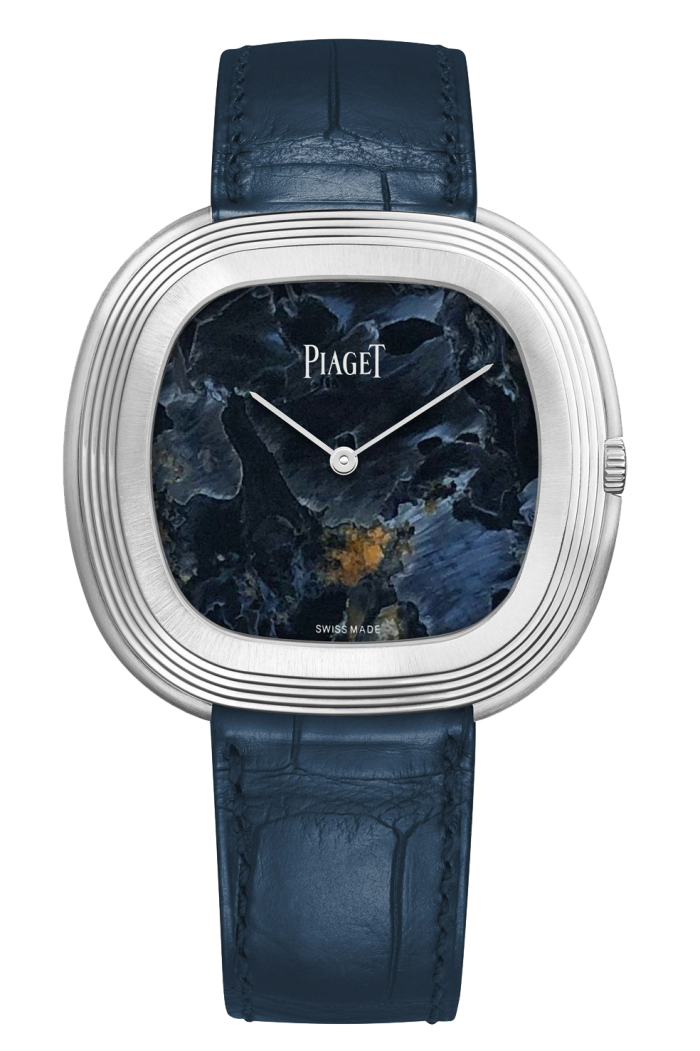
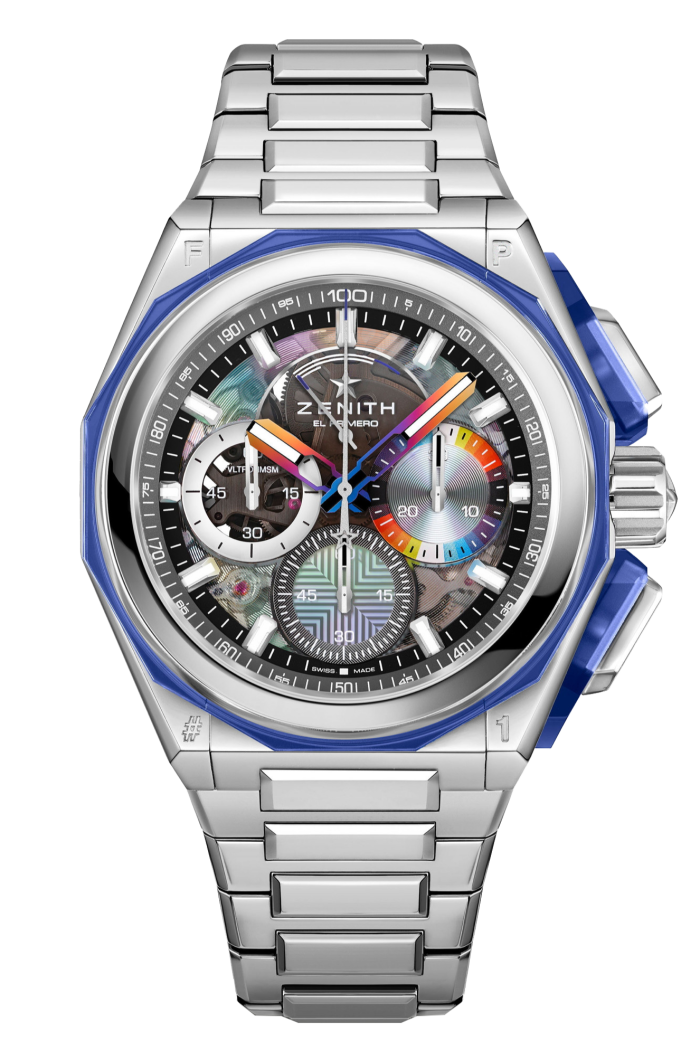
“Yes, definitely,” answers Hublot’s chief executive, Ricardo Guadalupe. “Not only is there a lot of artistry in the construction of the watch, but also our partnerships with the world of art [including with Takashi Murakami and Richard Orlinski] elevate the watch to a new level. The watch becomes a wearable piece of art on the wrist.”
However, Guadalupe stresses the importance of mechanics. “The watch is always key,” he says. “If the product is not good, it will not sell — no matter what ambassadors you have or what advertising you commit to. The watch comes first.”
Comments